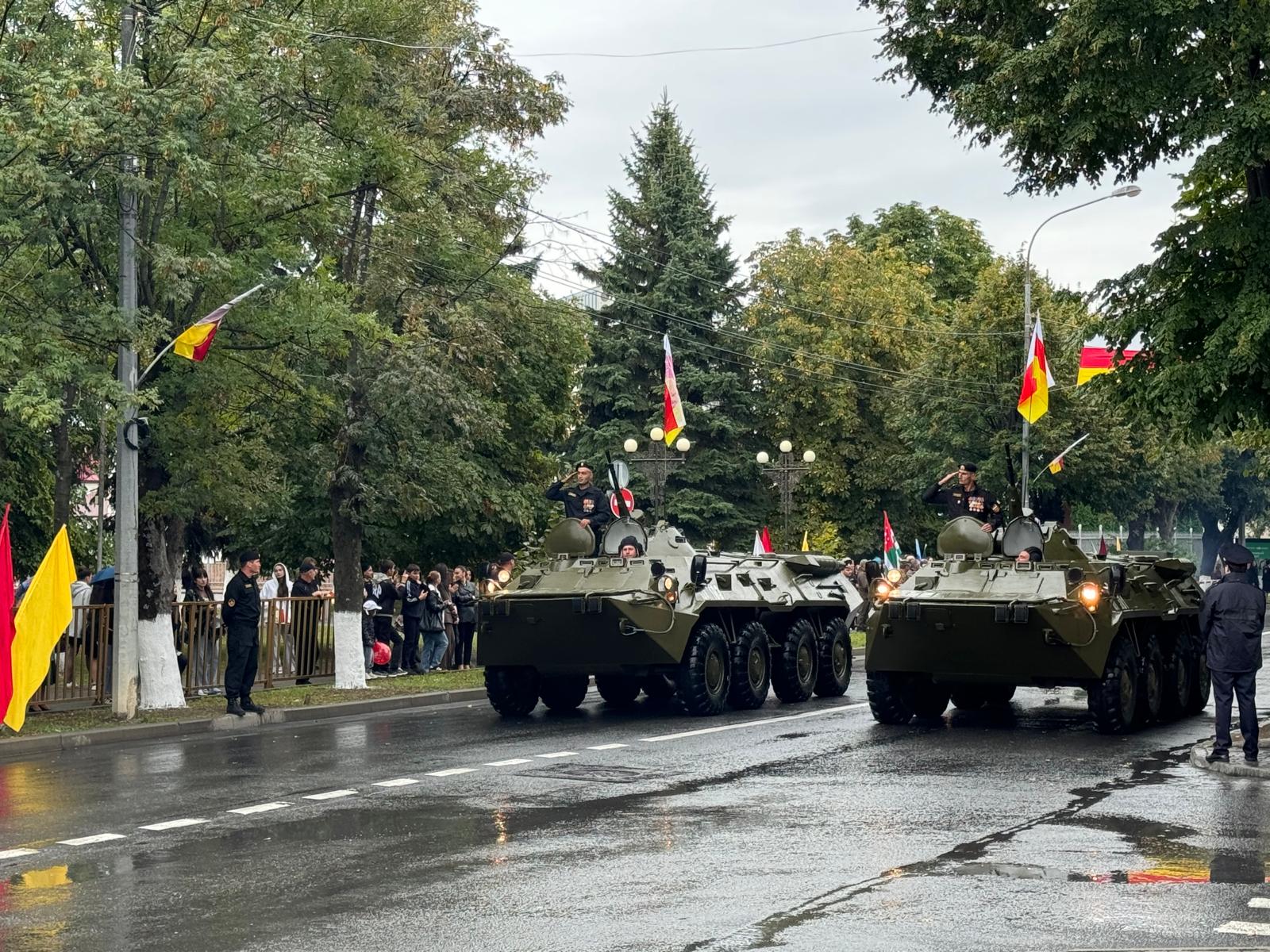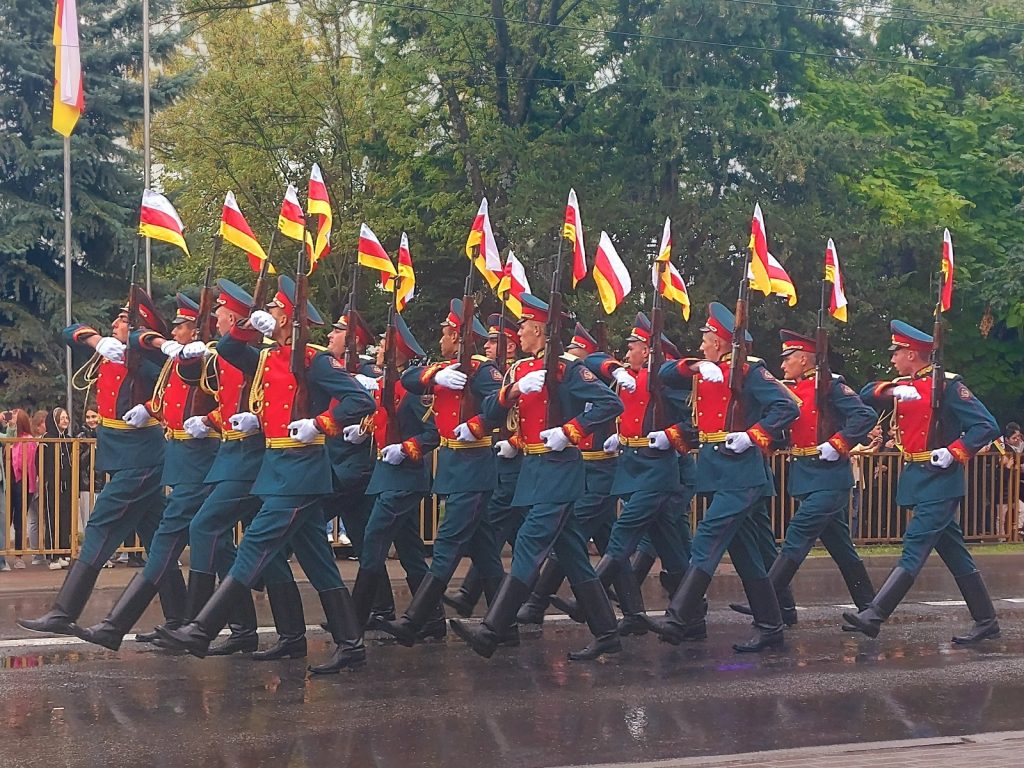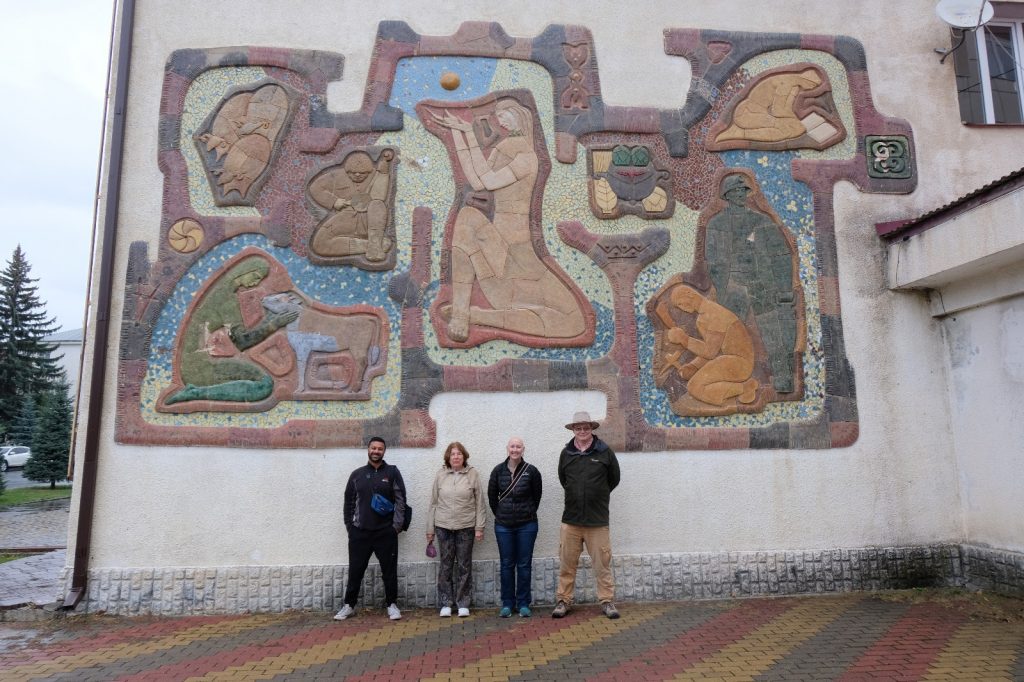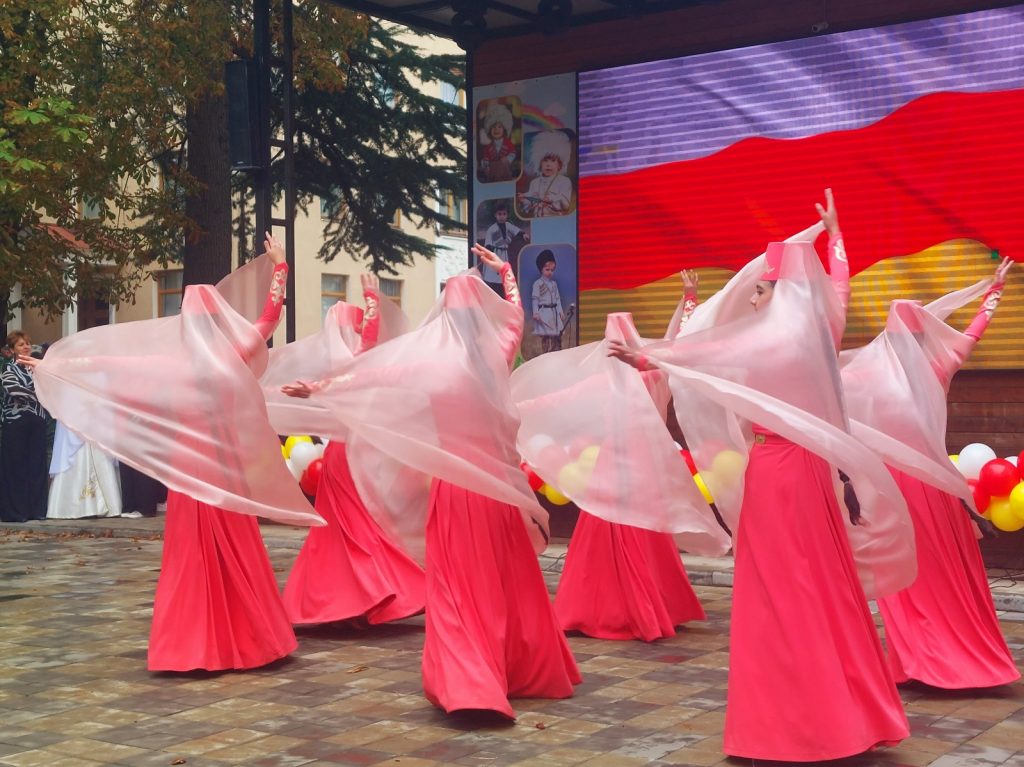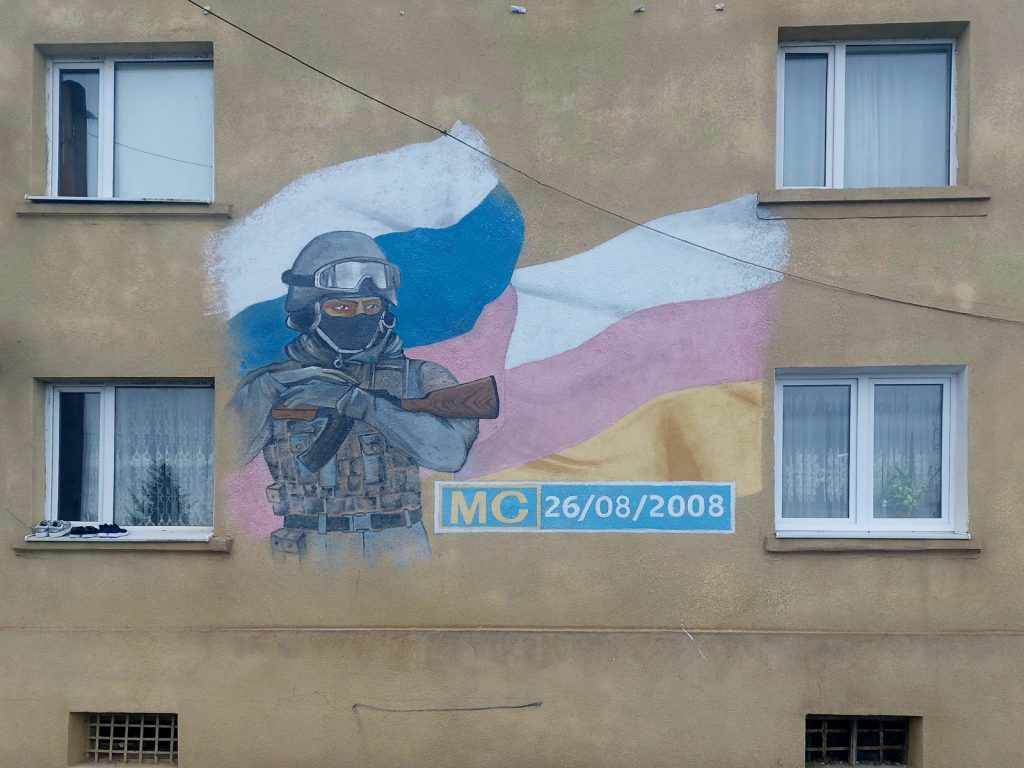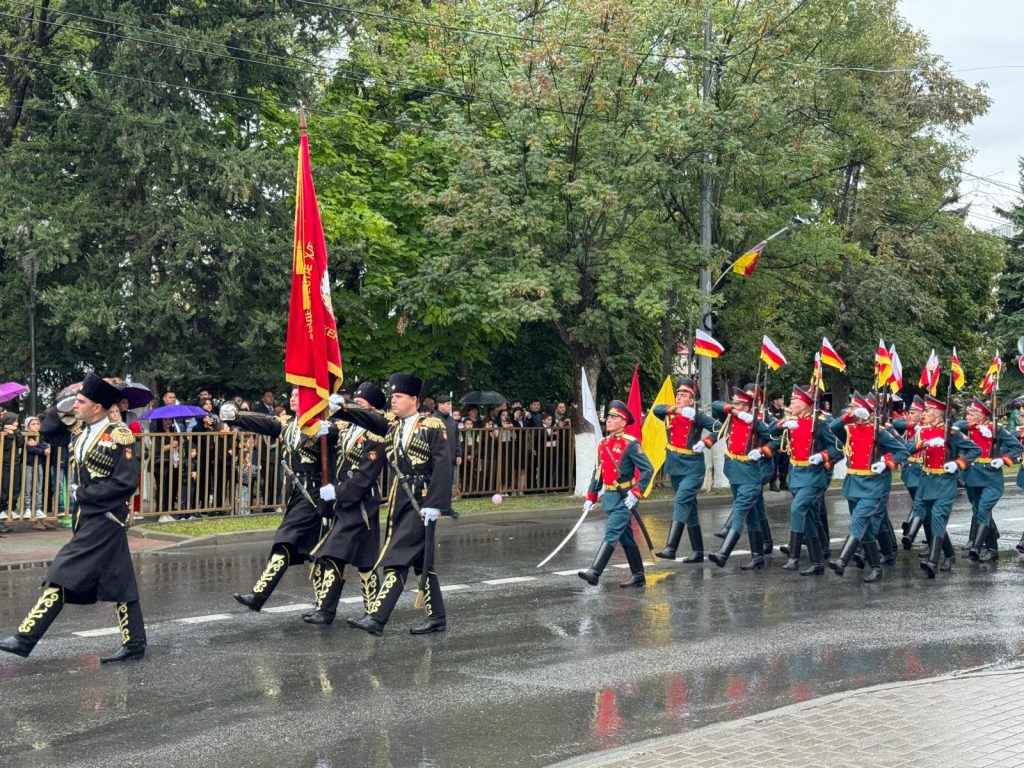The flag of South Ossetia, officially known as the Republic of South Ossetia or the State of Alania is a partially recognized country in the South Caucasus. Partially recognised as only five United Nations members, Russia, Venezuela, Nicaragua, Nauru, and Syria only recognise South Ossetia. The wider international community regards South Ossetia as Georgia’s sovereign territory.
The Dissolution of the Soviet Union and the Rise of Nationalism
South Ossetia was an autonomous oblast within the Georgian SSR (Soviet Socialist Republic) and was under their flag during the Soviet Union.
After the collapse of the Soviet Union, The ethnic Ossetian population feared assimilation into Georgia, this was with reason as there was a rising nationalism amongst Georgians.
Historically, Ossetians have been targeted by Georgians, and these atrocities increased in the late 1980s and early1990s. The Ossetians aspired for its distinct identity and aspirations for sovereignty, adopting the tricolour flag in the process. To learn more about the Georgian nationalist movement, click here.
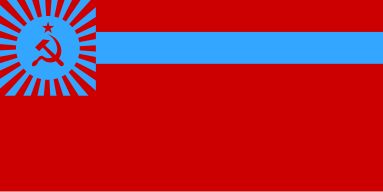
The Design and Meaning of the South Ossetia Flag
The flag of South Ossetia is identical to the flag of North Ossetia, an automatous Russian republic situated in the North Caucasus. The tricolour flag symbolises the South Ossetia’s regional identity, history, and struggle for self-determination.
The colours, white, red, and yellow, represent South Ossetia, a complex history that is influenced by ethnicity, cultural heritage, and political links to both Georgia and Russia.
The flag of South Ossetia has a simple design of three horizontal stripes, white, red, and yellow. The simplicity of the design has a deeper meaning, here’s an in-depth look at the flag’s meaning and the history of the region it represents.
The top white stripe symbolises purity, spirituality, and peace. In Ossetian culture, white represents clarity, morality, and the pursuit of justice. The colour white is commonly used in the flags of Caucasian nations, indicating a shared culture and aspiration for peaceful relations.
The middle red stripe represents strength, courage, and bravery. In Ossetian history, the colour red has been associated with resilience and sacrifice. The red honors those who fought for South Ossetia’s right to self-govern and identity over centuries.
The bottom yellow stripe reflects the wealth, prosperity, and abundance of the land. In many cultures, yellow often represents the richness of the land, for South Ossetia it symbolizes agricultural richness and the state’s desire for growth and stability.
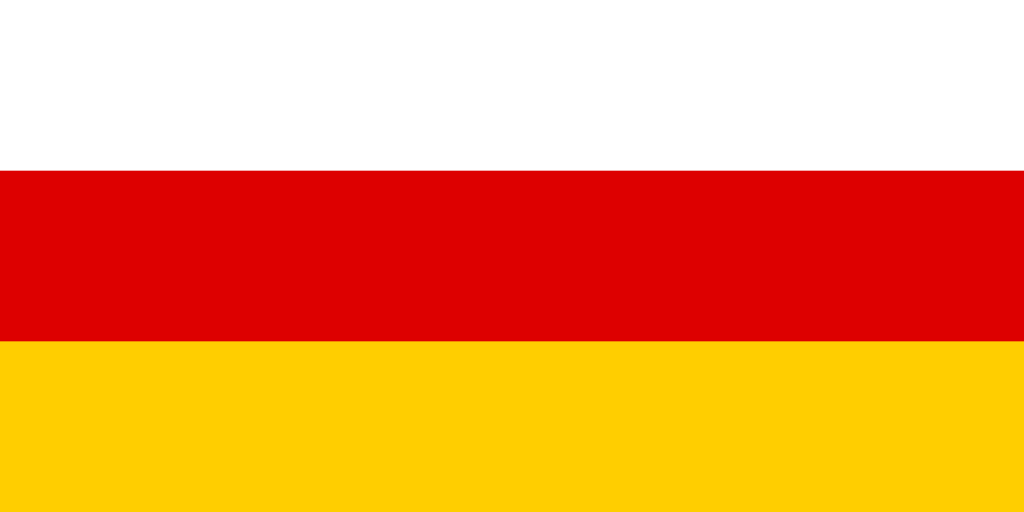
How is the Flag of South Ossetia Seen Today?
In current times, South Ossetia is in the same position as Abkhazia, as the majority of the international community supports Georgia and sees it as their territory. It’s a complex and difficult situation for South Ossetians, who strive for international recognition despite the opposition from Georgia. The flag of South Ossetia reflects its alignment with North Ossetia and is central to its regional identity and cultural heritage.
The flag of South Ossetian is a national symbol for its unique cultural heritage, sacrifice, and proud identity amidst complex political realities.
How can I see the Flag of South Ossetia?
Currently we run one tour to South Ossetia which coincides with the de facto states National Day. With delegates from Russia, Syria and Abkhazia, YPT are the first western tour group to visit South Ossetia since the global pandemic and paved the way to run more group and private tours.
Join us for the National Day celebrations, South Ossetia’s most celebrated event of the year! See all our other Soviet Europe tours including the breakaway states of Abkhazia and Transnistria. Learn more about the flags of the Caucasus region.


